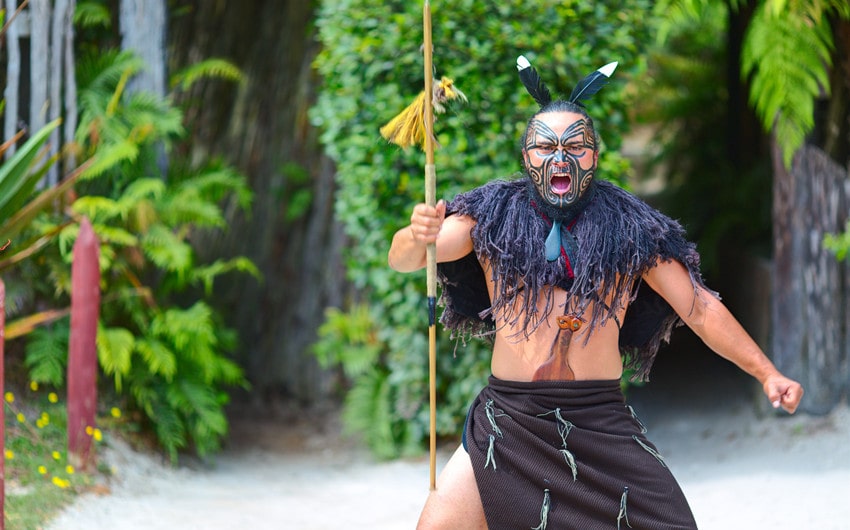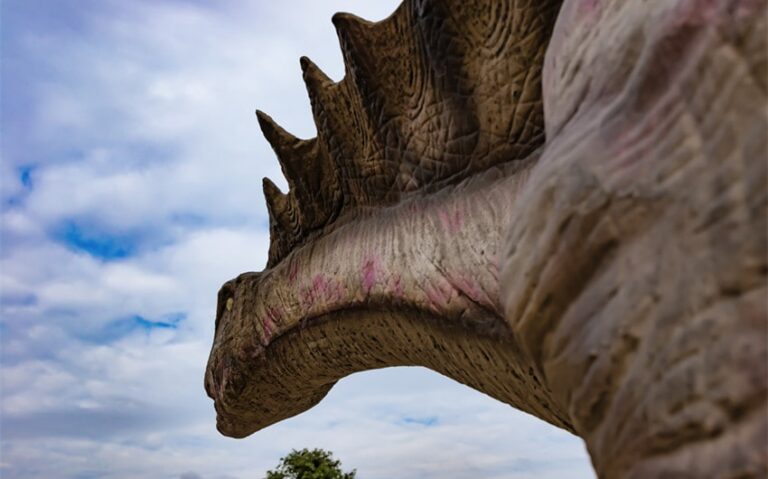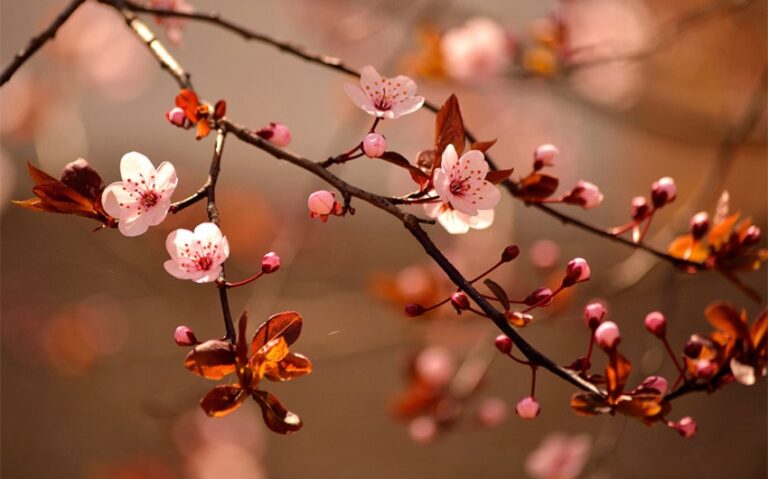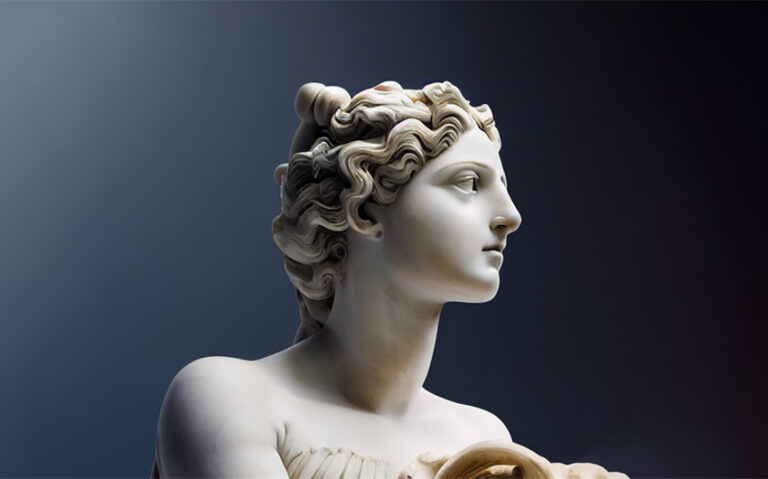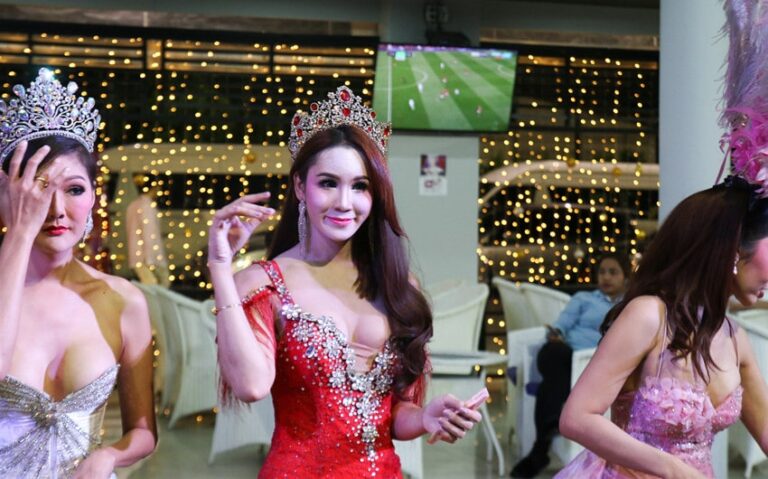Why Polynesians Are So Big? Exploring Strength, Genetics, and Survival
I’ve always been struck by how physically powerful many Polynesian people seem to be. Not just tall, but broad, strong, and commanding in presence. Whether it’s watching Samoan rugby players barrel down a field or seeing the solid grace of Hawaiian dancers, there’s a certain undeniable physicality. And I kept wondering—why are Polynesians so big? Where does that strength come from? What parts of it are biology, history, culture, or something else entirely?
It Starts with History: Survival Across the Pacific
When you look at Polynesian history, the first thing that jumps out is the scale of their voyaging. These were some of the most daring navigators in human history. Thousands of years ago, long before compasses or maps, Polynesians sailed massive double-hulled canoes across the Pacific Ocean. They traveled from Southeast Asia to Samoa, Tonga, Hawaii, Rapa Nui (Easter Island), and even all the way to Aotearoa (New Zealand).
These weren’t short or easy trips. They were voyages that spanned hundreds—or even thousands—of miles. Just imagine the kind of physical demands that places on the body. Paddling for days, hauling heavy supplies, building and maintaining boats, surviving harsh conditions at sea. This wasn’t passive exploration—it was labor-intensive and often life-or-death.
In such an environment, physical strength wasn’t a luxury; it was essential for survival. And over generations, those who were stronger and more resilient likely had better chances of making the journey, surviving, and passing on their genes. This natural selection helped shape a population that was not just mentally and spiritually resilient—but physically formidable too.
So, yes, Polynesian size has deep roots in history. It’s not just a modern phenomenon. It’s the echo of thousands of years of surviving—and thriving—in one of the most challenging geographies on Earth.
Genetics Play a Big Role—But They’re Not the Whole Story
Polynesians do have certain genetic traits that influence body size and composition. For example, many have a higher percentage of muscle mass and bone density than other populations. Their bodies often retain lean muscle even without training, and their metabolisms may be wired to store energy efficiently—a key trait when food sources were once unpredictable and ocean voyages long.
One of the most researched genes in this context is the CREBRF gene variant, found in high frequencies in Polynesian populations. This gene has been associated with increased body mass index (BMI), but interestingly, not necessarily increased risk of diabetes. It seems to enhance the body’s ability to store fat and build muscle—an adaptation that would have been extremely beneficial for survival in ancient Polynesian life, where long periods of physical exertion and intermittent food availability were normal.
But it’s important not to reduce Polynesians to one gene or one body type. Genetics contribute to tendencies—not guarantees. Environment, culture, diet, and lifestyle all influence how genes express themselves. And not all Polynesians are large, nor is size their defining trait. The diversity within the Polynesian world is rich and nuanced.
The Impact of Environment and Nutrition Over Time
Before Western contact, Polynesian diets were balanced, whole, and incredibly functional. They were rich in root crops like taro, yams, and sweet potatoes, and included fresh fruits, leafy greens, coconuts, and protein from fish, pork, and chicken. These foods were nutrient-dense, high in fiber, and low in sugar and saturated fats.
Pair that with an active lifestyle that involved paddling, farming, fishing, climbing, and dancing, and you get a population that was naturally strong, agile, and healthy. Bodies were built through labor and fueled by foods that supported endurance, not just calories.
But colonization brought massive disruptions—economically, politically, and nutritionally. Imported goods like white rice, canned meat (like Spam), refined sugar, and processed flour became staples. These were often cheaper and more accessible than traditional foods, especially in island regions with limited agricultural capacity after colonization. Over time, this shift in diet contributed to higher rates of obesity, heart disease, and diabetes.
It’s important to differentiate between the ancestral strength that shaped Polynesian bodies—and the modern health challenges that came later, often from external pressures. To truly understand Polynesian size, you have to look at both the past and the present. They tell two very different stories.
Cultural Pride and the Celebration of Strength
One thing I admire deeply about Polynesian culture is the absence of body shame—at least, traditionally. In many Western cultures, big bodies are stigmatized. But in Polynesia, strength has long been associated with leadership, protection, and spiritual power.
Chiefs were often large, and not just physically. Their bodies symbolized abundance, status, and the capacity to care for their people. In traditional dance like the Samoan fa’ataupati or the Hawaiian hula, strength and grace coexisted. Power wasn’t hidden; it was celebrated, adorned, and ritualized. Tattoos (or tatau) emphasized the physical form—not to shame it, but to honor it.
Even today, that cultural pride shows up in sports, arts, and everyday life. When you watch Polynesian athletes perform a haka before a rugby match, or see the effortless way they move despite their size, you realize their physical presence is more than biology—it’s part of their identity. Their bodies aren’t liabilities. They’re legacies.
And that mindset matters. It challenges dominant narratives about what health, strength, and beauty look like. It reminds me that being “big” can mean a lot of things—and that one culture’s concern is another’s celebration.
Strength Beyond Stereotype
Still, it’s easy to fall into stereotypes. Say “Polynesians are big,” and you’re risking a sweeping generalization that ignores all the nuance behind that truth. Not every Polynesian is large. And not every large person is strong, healthy, or proud of it. There’s variation within every culture, and people deserve to be seen as individuals, not reduced to body types.
What fascinates me isn’t just the size—it’s the story behind it. The millennia of migration, the pressure of survival, the strength built through necessity, and the cultural love of movement, food, family, and land. Polynesian size isn’t about dominance—it’s about endurance. It’s about adapting to one of the most challenging environments on Earth and coming out of it not just alive, but thriving.
So when I see a Samoan rugby player or a Tongan weightlifter, I see more than just muscle. I see history in motion. I see ancestors who crossed oceans. I see culture that never apologized for taking up space. And I think there’s something deeply human in that—something worth learning from, far beyond size alone.
